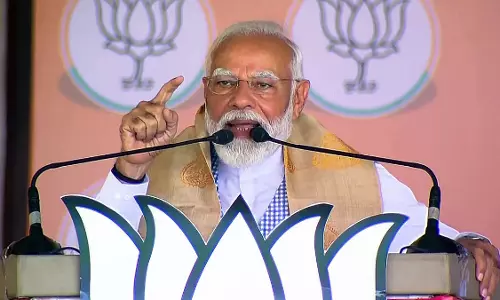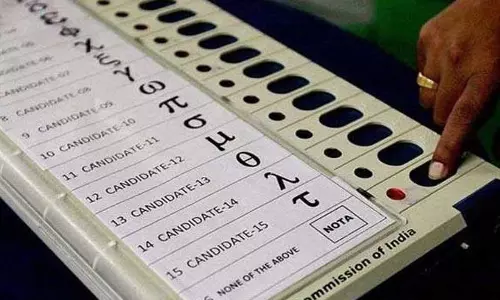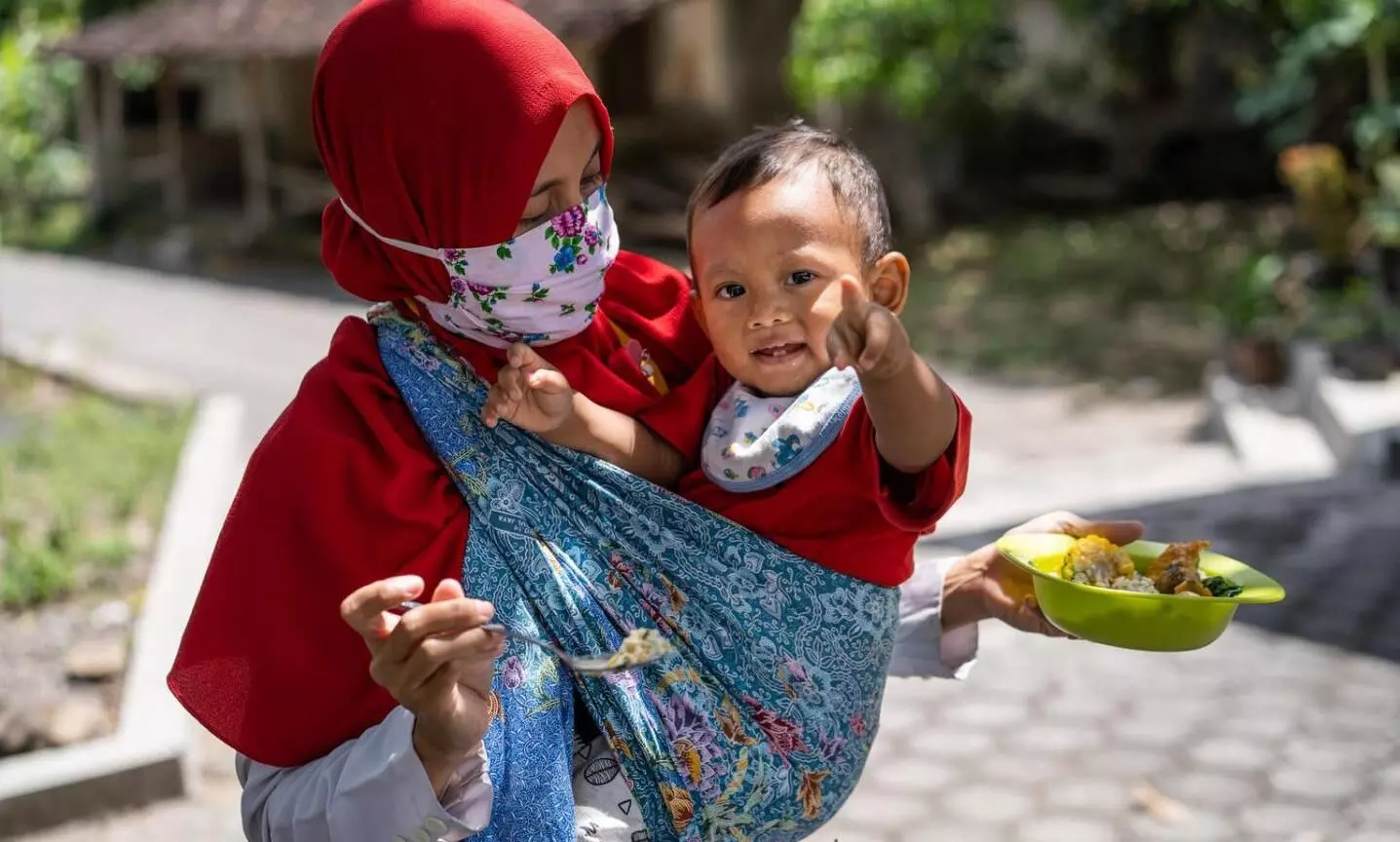
Acute undernourishment worsened in children: NFHS
text_fieldsThe latest National Family Health Survey (NFHS-5) conducted throughout the Indian states and Union Territories (UT) reveals that acute malnutrition has worsened in the country in the last half-decade. The survey employs data collected from 22 states and UTs from 2019-20.
Except in Bihar and Manipur where there was a nominal decline, the percentage of children below five years who were stunted did not witness any significant change since 2015.
Though a notable increase in stunting was found in Tripura and Telangana, Meghalaya and Bihar topped the chart with more than 40 per cent of children exhibiting stunted growth. Though the prevalence in Kerala is the lowest, the state saw a 3.5 per cent increase in the number of stunted children in the last five years. Among the 342 surveyed districts, eight of them registered more than 50 per cent prevalence of child stunting.
Acute malnutrition among children under five increased significantly in six states. In terms of tackling acute child malnutrition, Mizoram, Manipur, Meghalaya, Sikkim and Kerala performed best while Maharashtra, Gujarat and Bihar followed by Assam and Telangana were the worst. Rural areas showed a higher prevalence than urban areas and UTs, though the divide is narrow. Central India has a higher prevalence compared to the rest of the country.
The proportion of underweight children between 0-59 months has remained unchanged since 2015 except for a slight increase in Nagaland. Mizoram marked the lowest prevalence with 13 per cent while Bihar the highest with 41 per cent. In the 180 districts surveyed, every third or more children were under-nourished.
However, child obesity also seems to have increased in the country. All the states except Goa recorded an increase in children below five years overweight for their age. Mizoram and Jammu and Kashmir reported the highest prevalence.
The problem of malnutrition in India goes deep into its social structure that harbours practices like the marriage of girls below 18 years of age who give birth to undernourished children, low investment in girl's education and health, gender disparities, etc.
The Coronavirus pandemic has worsened the malnutrition crisis. Closure of schools and Anganwadi centres halted the mid-day meal programs that provided a primary source of nutrition to millions of children within the country.
Proper implementation of schemes and policies like POSHAN Abhiyaan and others, regular monitoring and surveillance system, adequate allocation of funds etc are crucial measures needed to bring down malnutrition and reduce the food gap.
























